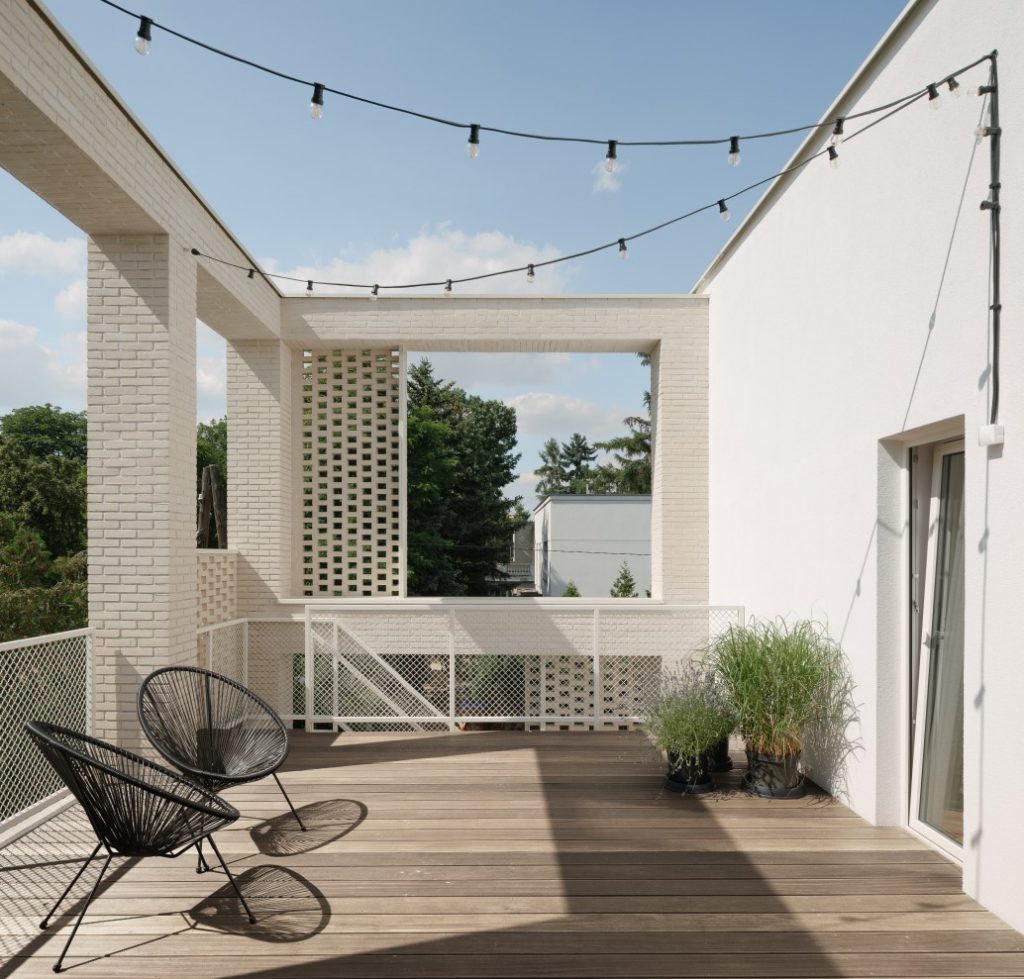Arhitext 1/2019 – Another Kind of Living | Who’s Home?!
Arhitext 1/2019 - Contents

CONTENTS
6 Bucharest Triennale East Centric Architecture – 3rd Edition
THE GRAPES COULD BE SOUR
10 Arpad Zachi
Compensations
Rosmaninho+Azevedo Arquitectos – Tua Valley Interpretive Centre
We shall observe and acknowledge the reality of the permanent evolutions, ever more complex and more accelerated, of both the economic and political context and also the social and cultural context, with major implications in (re) defining and (re)adapting the lifestyle and the frame of our lives. We are also aware that, at the level of the built frame and the set-up, every conversion, transformation, revitalization, regeneration, extension inevitably also implies some letting-go, loss, amputation, tearing. It is important that these re-arrangements should be the result of agreements (negotiation) undertaken and accepted by all the actors involved in the regeneration process (not only in what concerns the advantages, but also what is preserved and what is lost). From this point of view, I could say that the Tua Valley Interpretative Center is a valuable compensation both from the point of view of the architectural quality and also from the point of view of the functional concept. Moreover, it fills up and humanizes the vision/ economic development plan of the Duoro region.
THEORY
ANOTHER KIND OF LIVING
Issue coordinator: Andreea-Livia Ivanovici
18 Andreea-Livia Ivanovici
On Living, From an Individualist Perspective
How does the digital age connectivity redefine today how we live with, and relate to, neighbors from our geographical proximity?
The dwelling was until not long ago tied to a place and a community. People were born and stayed in a certain place and in a particular community. The community imposed a series of rules of good neighborliness.
The possibility that the digital age is now offering, choosing to belong to certain communities, or creating others in which to choose community members according to own preferences was not available to the individual born in a particular geographic community, less than 100 years ago. Relationships with neighbors were viewed differently, than we see them today, by the people who lived and communicated with those in the immediate vicinity, cohabitating in a community with interdependence relationships derived from the coexistence situation in the same geographic space.
22 Andreea Ogrezeanu
Dwelling Transformations in Bucharest: Between Conflict and Community Development
26 Eliza Culea-Hong
Radical Living: Some Anarchitectural Examples
32 Oana Motea
A Hospital as a Place to Live in
34 Biro Gasperic
E-Mail to Clients
36 INTERVIU: Ana Marica
Dwelling – Through the Eyes of a Digital Nomad
42 INTERVIU: Ezio Manzini
Shared Living
46 Dragoș Dascălu
Use – Über Alles
PRACTICE
WHO’S HOME?!
Issue coordinators: Dana Milea & Mihai Zachi
50 Atelier Ari
Open Border
Open Border responds to the tensed political climate. The completion of the project is at the same that the United States president confirms his plans for the construction of a wall along the Mexican border and choose to drastically close the borders for several Muslim countries. With the Open Border project, we try to open up the discussion about borders and immigration. We don’t offer a solution to a problem, but we do want to make a counter-reaction against the rough and inhuman action of building a large wall between two countries.
A ‹normal› wall divides people, this wall gathers people.»
54 CollColl
Henhouse
58 Junsekino Architect and Design
Laekhon Nonbai Hotel
64 Space Encounters
Joolz Headquarters
70 KIAS
Four Leaves Villa
74 SO? Architecture & Ideas
Cabin on the Border
80 Roberto Dini, Stefano Girodo
New Bivouac «Luca Pasqualetti»
88 Nina Maritz Architects
Shipwreck Lodge
94 Genberg Underwater Hotels
Manta Resort
96 Johansen Skovsted Arkitekter
Tipperne Bird Sanctuary
102 Tato Architects / Yo Shimada
House in Miyamoto
108 Sou Fujimoto Architects, Nicolas Laisne Associes, Manal Rachdi Oxo Architects
White Tree

MFRMGR ARCH ITEKCI, House for W, photographs: Maciej Jeżyk
EAST CENTRIC PROJECTS
115 MFRMGR ARCHITEKCI
House for W
118 balbek bureau
BURSA
122 SPEECH architectural office
Refurbishment of Luzhniki Stadium
126 Csaba Kovacs, Aron Vass-Eysen
Lookout Tower at Galyatető
130 2021 + LABAK
Footbridge, Shelter and Bench on Straník Hill
134 LIN ARCHITECTS URBANISTS
Bremer Punkt
In 2011, within the framework of the competition «ungewöhnlich Wohnen» (unusual living), five exemplary lots from a postwar housing area were chosen to investigate the adaptability of the area. The proposals considered contemporary demands for affordable and flexible housing that could offer manifold inhabitant configurations.
138 AB CHVOYA
House in Roschino
142 HEIMA architects
Flat in Black
 Romană
Romană English
English




